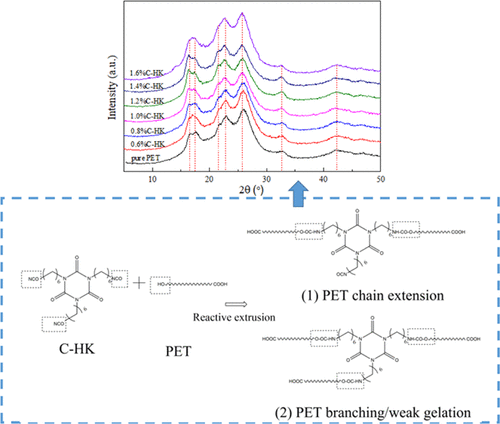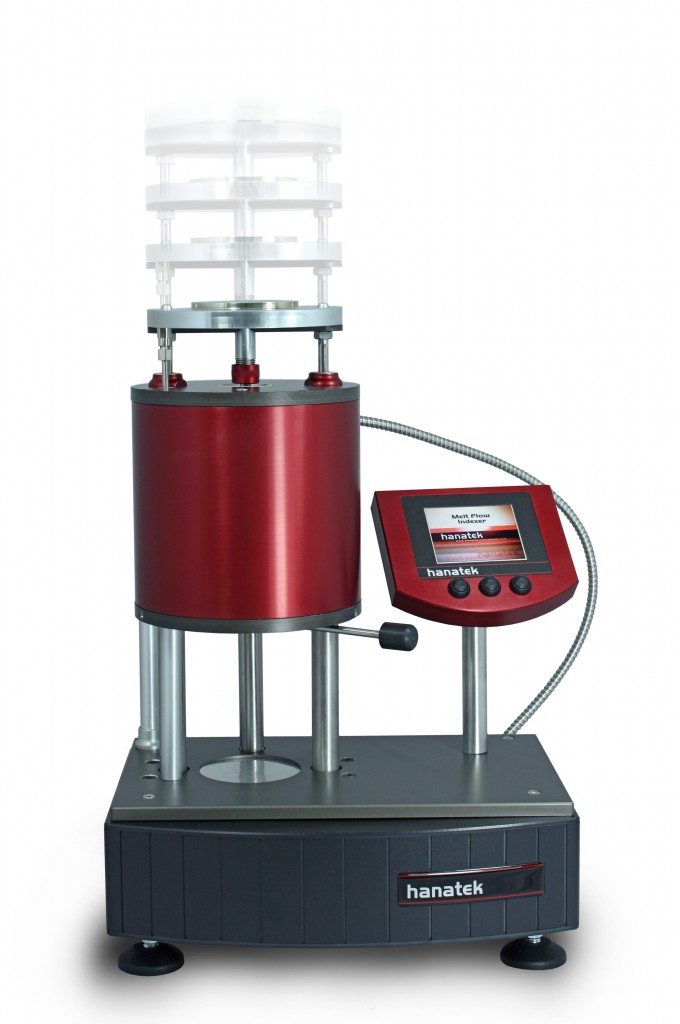

Polyethylene terephthalate (PET) is a hygroscopic resin from the polyester family which absorbs moisture onto their molecular structure when they are exposed to the ambient air. The confidence limits reported were obtained for the 95% limit.Correlation of Melt Viscosity of Polyethylene Terephthalate to Solution Intrinsic Viscosity Azadeh Farahanchi Ĭorrelation of melt viscosity of polyethylene terephthalate to solution intrinsic viscosity Al calculations were carried out by an IBM 1800 computer with a least-squares prol gramming. of sample Melt flow rate, g/10 min, were measured in 1,2,Ptrichlorobenrene (TCB) and in decahydronaphthalene (Decalin, DEC) a t 135Â☌ using a capillary viscometer.

TABLE I Molecular Parameters for Polypropylene Homopolymers No. These were Diamond Shamrock Corporationâs polypropylene homopolymers. EXPERIMENTAL The following materials and methods were used in this study: Materials.

This paper deals with melt flow rate-intrinsic viscosity correlation for polypropylene homopolymers. Yet, hardly any studies have been attempted to correlate these two molecular parameters. Melt Flow Rate-Intrinsic Viscosity Correlationfor Polypropylene INTRODUCTION Melt flow and intrinsic viscosity are very commonly used by polymer industrial laboratories as parameters relating to molecular weight of the polymer being tested. Journal of Applied Polymer Science Wiley The confidence limits reported were obtained for the 95% limit. Melt flow rate–intrinsic viscosity correlation for polypropylene Melt flow rate–intrinsic viscosity correlation for polypropylene


 0 kommentar(er)
0 kommentar(er)
